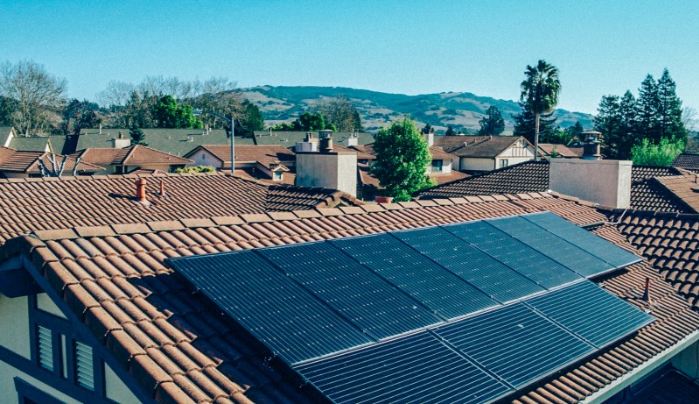Roth Capital Partners has released a new research note with predictions for the solar industry, based on observations made at Solar Power International 2019 (SPI). While the note is chiefly concerned with industry-wide solar stock performance, one bit of information stood out: The investment banking firm expects the U.S. residential solar market to exceed anticipated growth, increasing 25% year over year in both 2019 and 2020.
While these projections are a reflection of the ever-improving economics of residential solar, they are just as much a telling sign of growing distrust in the utilities that have long been the only source of household electricity.
“We believe this trend of ratepayers becoming increasingly more disgruntled with their utility will clearly benefit RUN, NOVA, VSLR, SEDG, ENPH, as well, especially as new storage offerings come online next year,” Roth said.
Self-generation is a freedom that grows in relevance as prices and trust in utilities fall and one must look no further than California to see this. First come the economics of a residential solar + storage installation. Between the Investment Tax Credit, falling module prices, ever-decreasing prices for lithium-ion batteries and the recently facelift given to the Self Generation Incentive Program (SGIP), it has never been cheaper to become grid-independent, at least for isolated periods. Homeowners who are customers of either Pacific Gas & Electric Co. (PG&E), Southern California Edison, SoCalGas, or San Diego Gas & Electric are eligible for an incentive under the SGIP that is as high as $400 per kilowatt-hour (kWh) when adding a home battery.
To be clear, this isn’t about going off the grid entirely, but more about owning a semi-independent personal microgrid that can provide electricity when the utilities don’t.
Outside of financing, it’s the utilities themselves giving customers the biggest reason to self-generate: inconsistency and negligence. First and foremost in the examples of negligence are the wildfires. There are a number of lawsuits alleging that PG&E did not de-energize power lines when it should have during high winds, and these power lines played a role in multiple catastrophic wildfires. Southern California Edison and San Diego Gas & Electric Co. (SDG&E) have also faced lawsuits over their roles in fires in California, with SDG&E paying a massive $2.4 billion to settle 2,000 lawsuits.
In response, California regulators have proposed redirecting funds from the SGIP equity budget to establish a new equity resiliency budget for low-income, high-fire-risk citizens.
The stage is being set each day for safe, reliable distributed generation, especially in areas where natural disasters are common. It’s not just in California either – distributed solar + storage microgrids are also gaining momentum in Hawaii and Puerto Rico as ways to minimize damage during hurricane recovery efforts.
This content is protected by copyright and may not be reused. If you want to cooperate with us and would like to reuse some of our content, please contact: editors@pv-magazine.com.




In my region (NE Ontario Canada) area, in 2018 there was 18 power failures, a few which lasted days. All of which was due to failing infrastructure, poor maintenance (post privatisation of delivery network) and “natural causes”. I am personally off-grid and many people talk to me about it and it’s increasing, people want to know from folks who use it.
Off-Grid is not for everyone and many are fearful of it for varied reasons but mostly the fear of being left out… To that end, I have highlighted the use of HOME UPS types of configuration both with & without solar power. Some folks just don’t have the ability or space to install panels. The fact missed by many is that many Inverter/Charger’s can accept not only Generator Power as a Backup source but they can also accept Grid Power as a Backup, running primarily off battery banks charged by a controller. All programmable of course. There needs to be a very simple yet comprehensive “at a glance” type of explanation that can show the different forms of using RE including on-grid feed-in to full off-grid with batteries to hybrid grid primary & battery backup to Battery primary & grid backup and so on. Little understanding makes for more sales & better deployment.
Unfortunately, there is very little information available to the average home owner or renter as to what options are available to them and at what price points as well. This is one area that is seriously lacking in information but it hasn’t gone un-noticed either as several Chinese Companies are stepping up with good products at excellent price points to fill that gap. Other companies like Samlex (of Taiwan) are stepping up their Inverter / Charger Families to expand on this area.